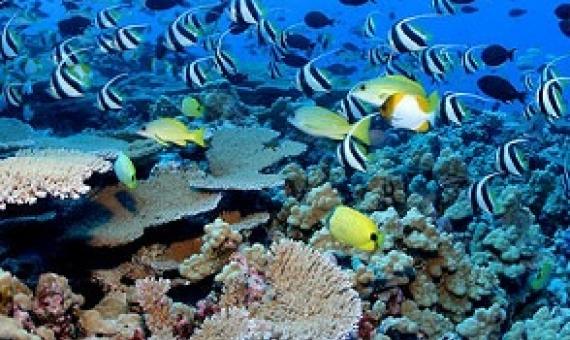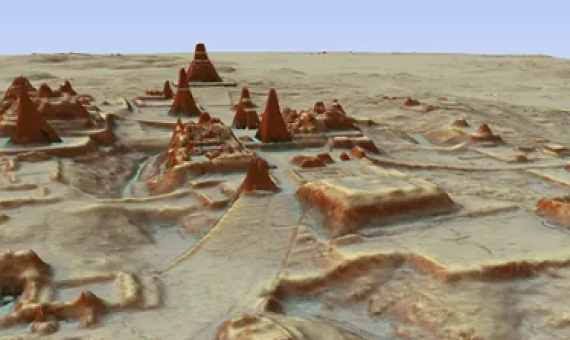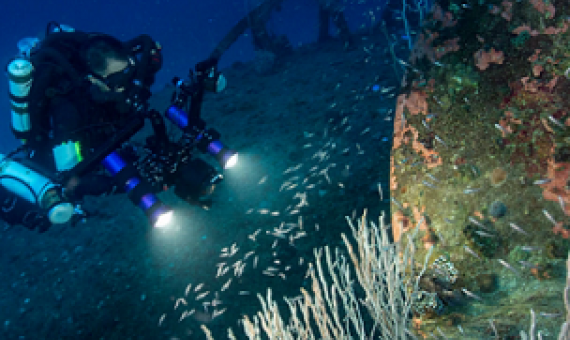Efforts to catalog the fast-declining biodiversity of tropical rainforests just got a $10 million boost via a new competition from XPRIZE, an organization that has more than a dozen competitions on topics ranging from spaceflight to oil cleanup over the past 25 years...XPRIZE hopes the initiative
Gaps in Protection of Important Ocean Areas: A Spatial Meta-Analysis of Ten Global Mapping Initiatives
To safeguard biodiversity effectively, marine protected areas (MPAs) should be sited using the best available science. There are numerous ongoing United Nations and nongovernmental initiatives to map globally important marine areas. The criteria used by these initiatives vary, resulting in contradictions in the areas identified as important. Our analysis is the first to overlay these initiatives, quantify consensus, and conduct gap analyses at the global scale.
A team of marine scientists are on a mission to preserve biodiversity in oceans around the world. To do it, they need accurate maps that will help them identify areas in need of protection.
Remote Sensing and Modeling of Coral Reef Resilience
A new paradigm has emerged for management of coral reefs in an era of changing climate – managing for resilience. A fundamental need for such management to be effective is our ability to measure and map coral reef resilience. We review the resilience concept and factors that may make a coral reef more or less resilient to climate-driven impacts, and focus on recent advances in a trio of technologies – remote sensing, spatial distribution modeling, and ecosystem simulation – that promise to improve our ability to quantify coral reef resilience across reefs.
A project to produce detailed maps of all the land on Earth through laser scanning has been revealed by researchers who say action is needed now to preserve a record of the world’s cultural, environmental and geological treasures.
This scientist couple created an airborne observatory to map tropical forests. Now they’re using it to identify threatened reefs. Click on the link below to read the full article.










